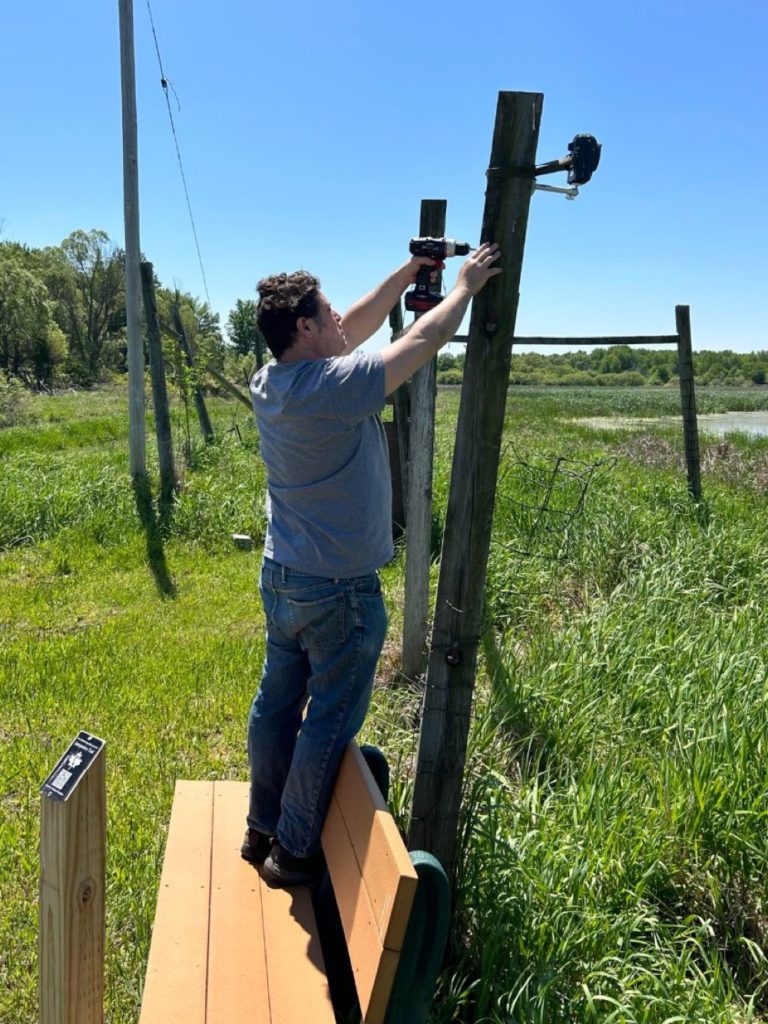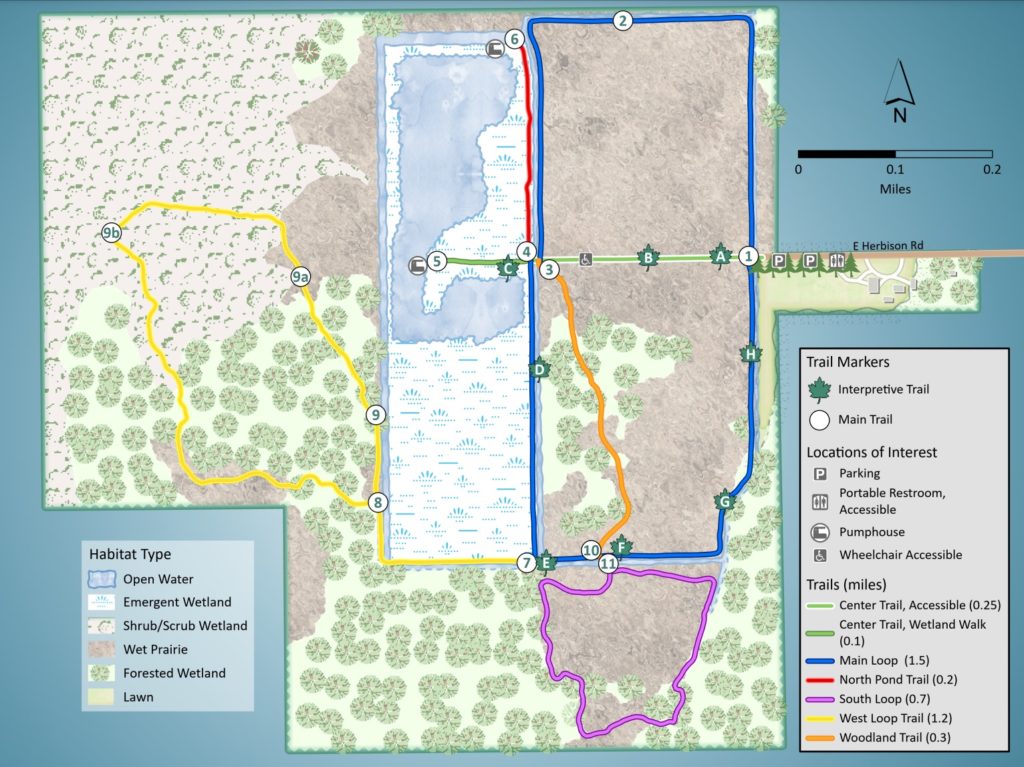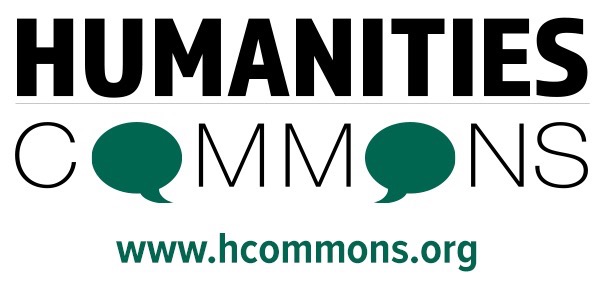The following Project Highlight was originally created for the DH@MSU Undergraduate Newsletter and was featured in the January 29, 2024 issue. Subscribe to the Newsletter here.
Project Highlight: Marsh Time – Humanistic Ways of Measuring and Experiencing Corey MarshGarth Sabo and Matt Rossi

Background and Context
Corey Marsh Ecological Research Center (CMERC) is a 400-acre parcel of land in Bath, Michigan, that is as noteworthy for its past as its future. The plot is the only remaining portion of the original MSU land grant that is non-contiguous with the East Lansing campus. For decades, the marsh served as the university’s Muck Soils Research Farm, but since 2018 it has been repurposed as an ecological research station thanks to the efforts of Dr. Jen Owen (MSU Department of Fisheries and Wildlife), who has reimagined the marsh as a site of research and engagement for MSU and the surrounding communities. The marsh is currently home to more than a dozen ongoing research projects run by faculty, community partners, and MSU students (graduate and undergraduate), covering topics like indigenous cultivation practices for wild rice, migratory bird tracking, and water quality analyses. These initiatives skew heavily toward STEM disciplines, and so the ways of knowing currently privileged within the marsh tend to be scientific in method.

“Marsh Time” is intended to supplement (not supplant) these existing projects with opportunities to engage with and understand Corey Marsh through creative means and humanistic epistemologies. Our goals, broadly construed, were to:
Preserve a sense of wonder that cannot be quantified.
Bring the arts and humanities to the marsh without interrupting, changing, or interfering with the marsh itself by doing so.
Deploy digital humanities methods in pursuit of these goals (without drawing visitors’ gaze from the marsh to their phones).
Project Description
We used our seed grant funding to install and maintain two major pieces of equipment at the center of the marsh, near Trail Marker 4 at the end of the Accessible Center Trail to ensure the widest audience and to best reflect usage patterns within the marsh.


